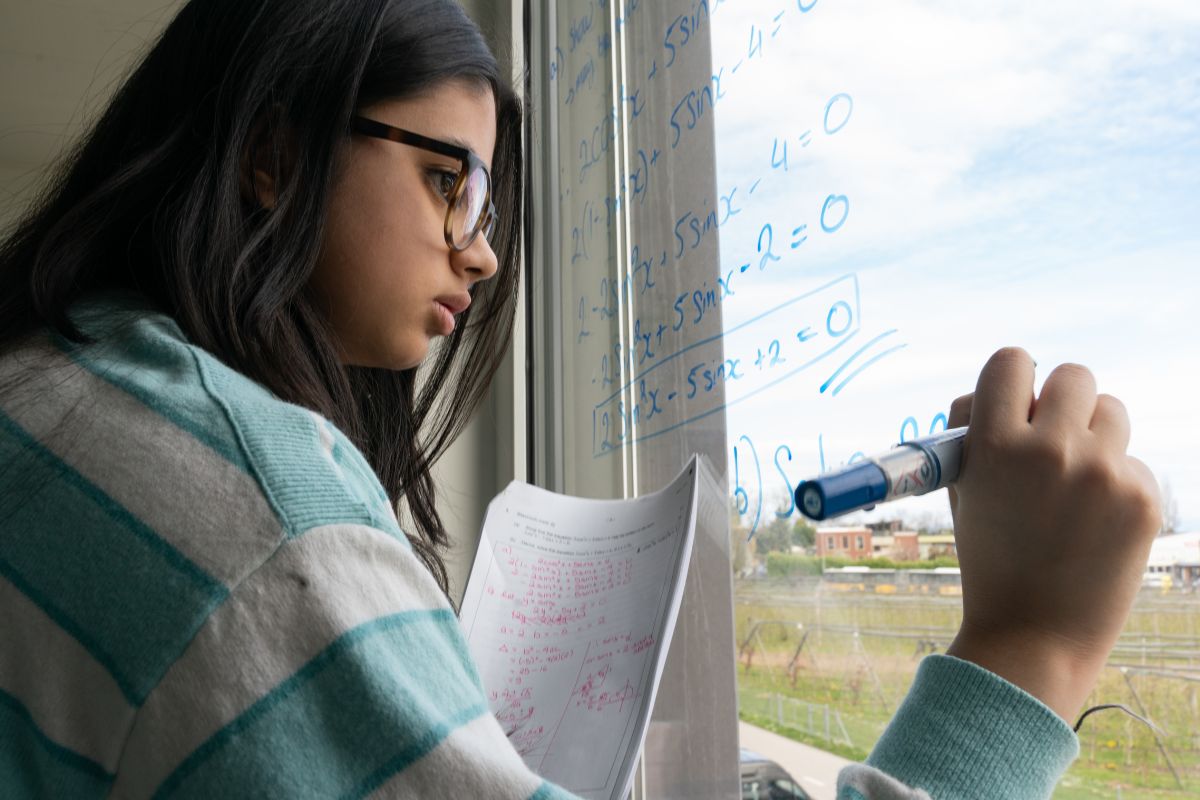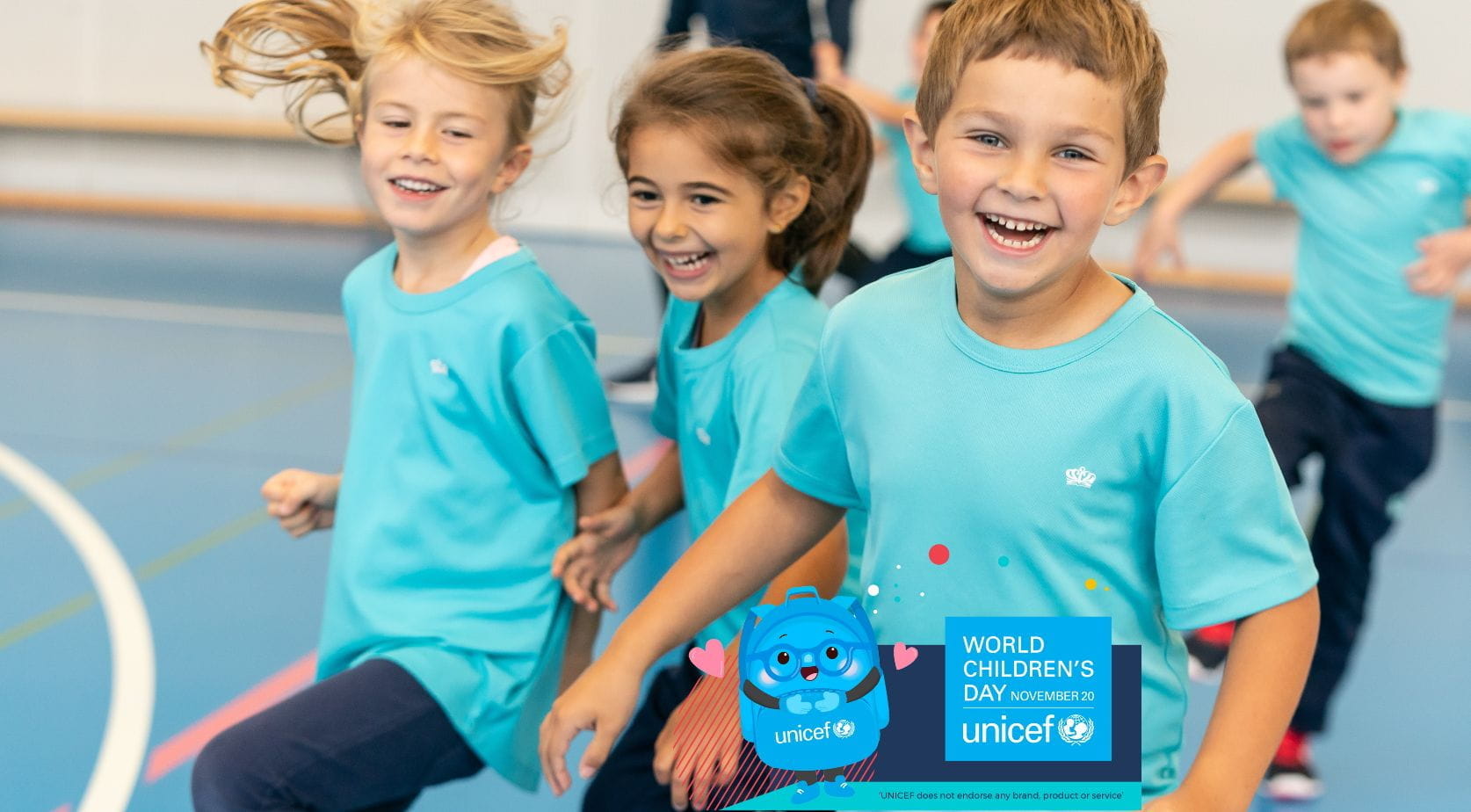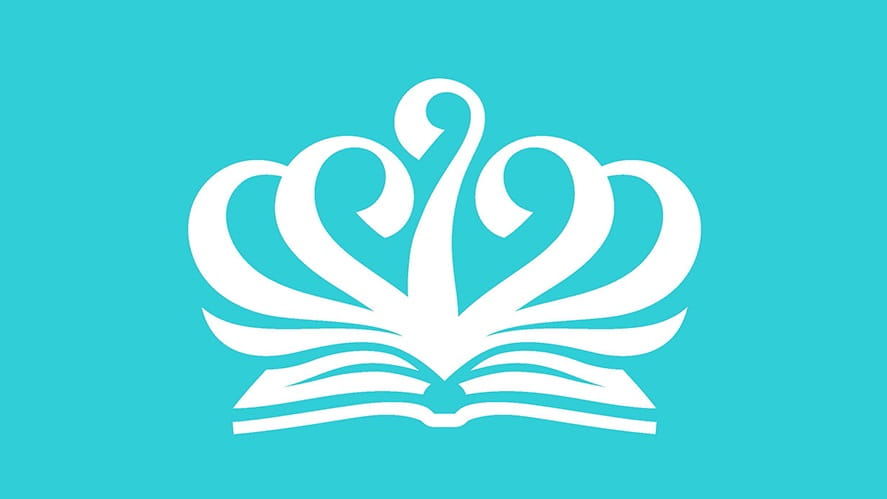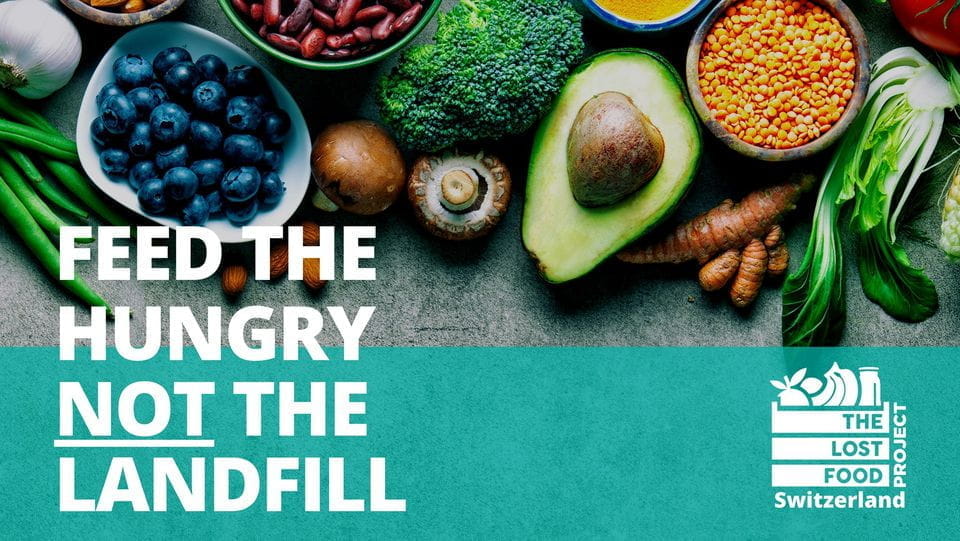Conflict Resolution in the Early Years
In our Early Years Foundation Stage, our teachers follow the 'In the Moment Planning' approach, which involves identifying and developing learning opportunities based on the children's interests in a motivating and supportive environment, as well as 'Teachable Moments', unplanned opportunities for our teachers to support the exploration of a topic that has captured the students' attention at a particular moment.
At La Côte International School Aubonne (LCIS), we place great emphasis on tailoring our teaching and learning to the personal needs and aspirations of each individual student, in order to best support them to flourish personally, socially and academically. In our Early Years Foundation Stage, our teachers therefore follow the 'In the Moment Planning' approach, which involves identifying and developing learning opportunities based on the children's interests in a motivating and supportive environment, and they provide 'Teachable Moments', unplanned opportunities for our teachers to support the exploration of a topic that has captured the students' attention at a particular moment.
Emma Ryves, Early Years Coordinator at LCIS, explains how this child-led, personalised approach to learning also informs the way our teachers support our Foundation children with conflicts that arise during their time at school: "When we deal with behaviours and issues that arise, we also implement an 'in the moment' approach that complements the way we facilitate learning in Early Years. We deal with any disagreements, behaviours and conflicts in the moment they arise and incorporate a 'teachable moment' from which the children can learn for the future. By doing this, we give them the tools they need to apply what they have learnt to future conflicts. One of the strategies used for this is 'conflict resolution', which allows the child to evaluate what happened, how they should have dealt with it and how they can solve the problem to move on. As teachers, we provide support and guidance to all children involved by modelling solution-oriented behaviour and reinforcing relevant class rules and boundaries.
Teaching children to become independent problem-solvers
Miss Ryves explains: “I can only encourage parents to implement this constructive and empowering practice at home. It is important that young children have a sense of independence and the time to apply what they have learned in a safe environment. It is also crucial that they feel valued and that their opinions are recognised and respected. If we as adults do everything for them, including dealing with their problems, they will only learn that this is the adult's role and not their responsibility. As with everything in early childhood, it is much more rewarding and beneficial in the long run to teach children these skills so that they can use them independently and throughout their lives to give them the best foundation possible to thrive and flourish.”
Conflict resolution in a classroom situation
The following example illustrates how empathetic and respectful nurturing of conflict resolution skills provides children with the ability to resolve situations before they spin out of control. Emma Ryves recalls: “Two children were hitting each other with cardboard tubes during role play. In any situation of conflict, I make a point of kneeling down at the children's height, holding their hands and allowing each child space to voice their thoughts. The children explained that they were pretending to be knights and using the cardboard tubes as swords. Together, we discussed the rules of the classroom using visual aids which are always accessible to our children, and agreed that to respect our rules, we needed to make sure that no one would get hurt. Working together, we drafted a set of rules for handling the swords, and the children went on to act out their role play safely, feeling both empowered and acknowledged.”
Simple ways to incorporate conflict resolution at home
- When a conflict arises, approach the situation quickly and calmly, stopping any hurtful behavior or language.
- Listen to all sides of a conflict.
- Encourage children to be problem solvers.
- Model problem-solving skills to your children in your everyday life.
- Use photos or pictures to illustrate your family rules and place them in an area accessible to your child. Use these to reinforce your rules in a constructive way.
The Early Childhood Consultation Partnership (ECCP®) support this approach in their article on Conflict Resolution and suggest these additional strategies:
- Let children know through your calm approach that conflicts are okay and that they can be resolved with help.
- Describe each child’s facial expressions and make the same expression yourself. This can help toddlers feel more understood.
- Name feelings and talk them through the conflict. Calm them with gentle touches and a soft voice. Tell them what you think has happened if they are not able to express it. Listen to them if they can explain.
- Teach one word or a sign that each child can practice saying to each other. EG: “Mine” or “please”.
- Remember that redirecting a very young child to a different activity is often an appropriate response.
- Hold an object if it is the cause of the conflict.If you just remove it, you lose an opportunity to teach problem solving. Talk children through problem solving strategies, providing them with choices to the solution, acknowledge when they solve the problem. “You found another toy to play with while you waited for your turn. You solved the problem.”
If you would like to read more on this subject, here are some relevant articles:
https://childhood101.com/8-tips-for-helping-your-child-resolve-conflict-and-be-a-good-friend/
https://proudtobeprimary.com/conflict-resolution-activities/
https://www.firstdiscoverers.co.uk/helping-children-manage-conflict/




